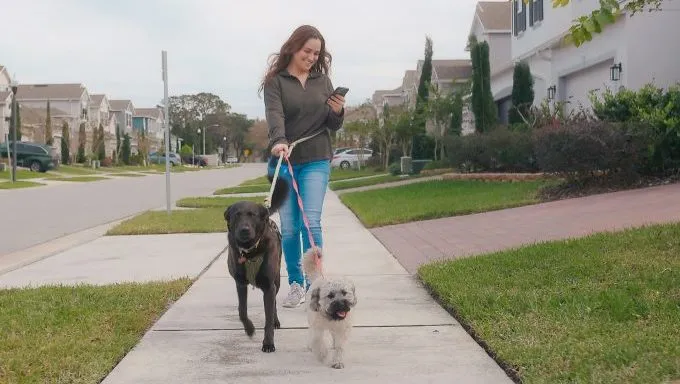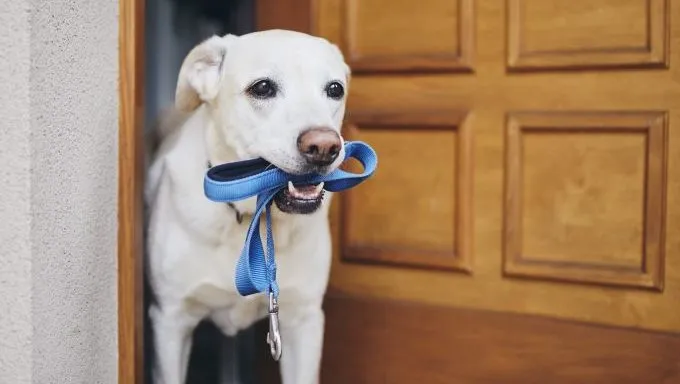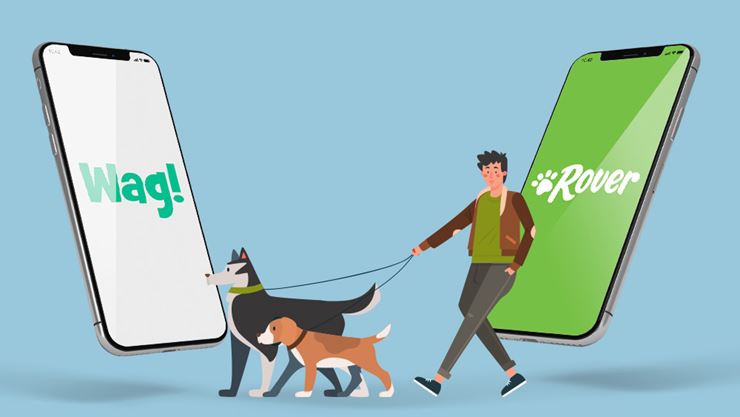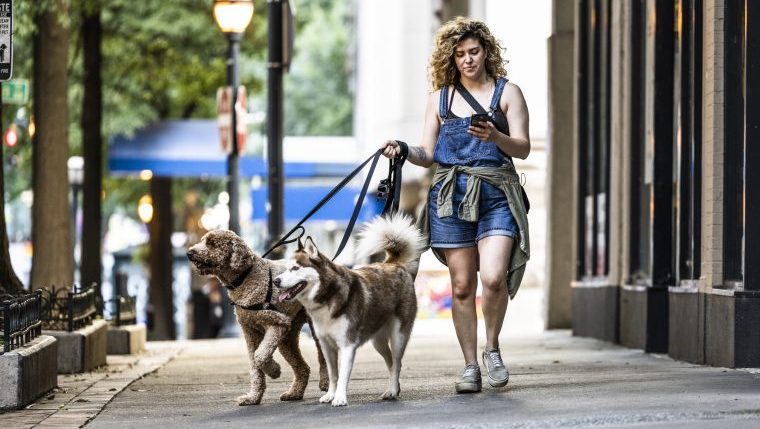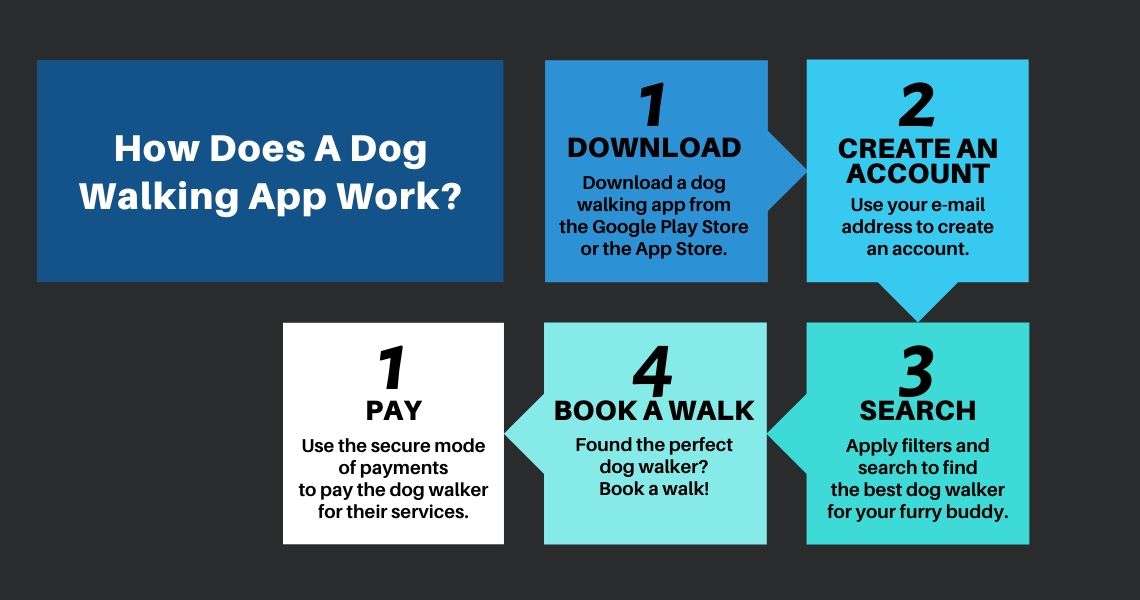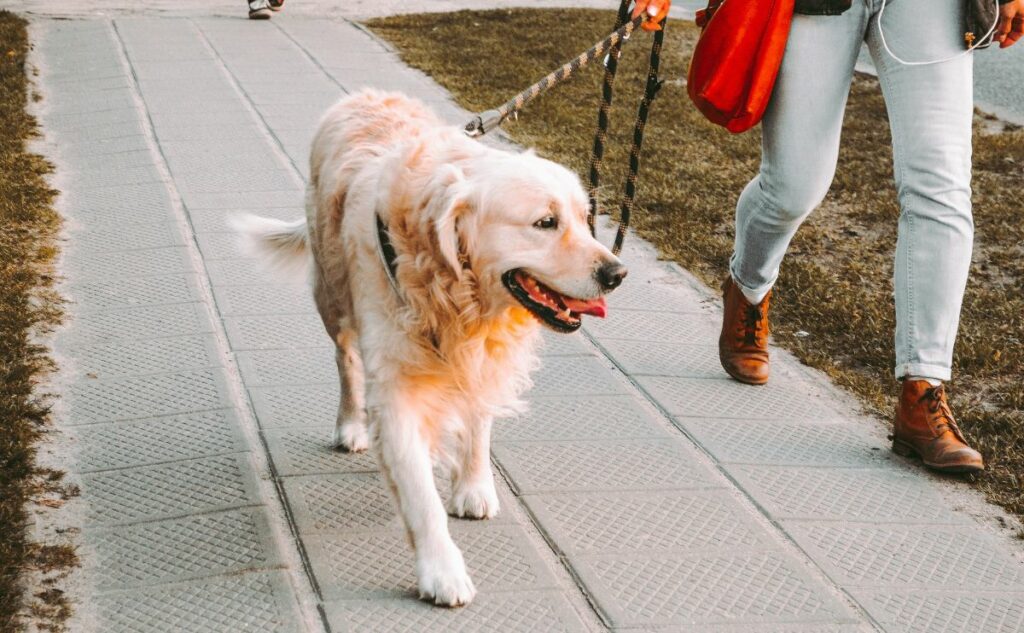Wag Vs Rover For Pet Owners
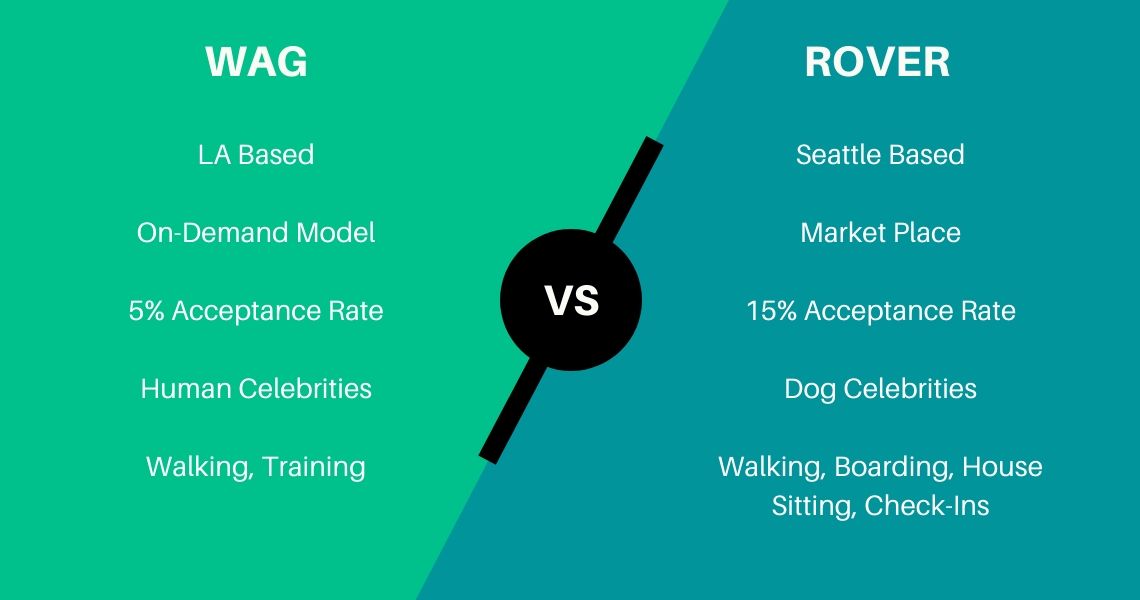
For pet owners juggling work, travel, and social lives, finding reliable pet care is paramount. Two major players dominate the on-demand pet care market: Wag! and Rover. This article explores the key differences between these platforms, helping pet owners make informed decisions based on their individual needs and preferences.
The Rise of On-Demand Pet Care
The demand for pet care services has surged in recent years, fueled by increasing pet ownership and a growing desire for convenient, personalized care options. Platforms like Wag! and Rover have capitalized on this trend, connecting pet owners with a vast network of local pet sitters, dog walkers, and groomers.
These services provide a convenient alternative to traditional kennels or relying on friends and family.
The accessibility and ease of use offered by these platforms have made them increasingly popular among busy pet parents.
Wag! vs. Rover: A Comparative Overview
While both Wag! and Rover offer similar core services, several key distinctions set them apart.
These differences range from their business models and insurance policies to the types of services offered and the screening processes for caregivers.
Business Model and Pricing
Wag! operates on a more standardized pricing model. They set the prices for their services, and caregivers receive a percentage of the fee.
Rover, on the other hand, allows caregivers to set their own rates, leading to potentially wider price ranges depending on the location, experience, and services offered.
This flexibility can be advantageous for pet owners seeking budget-friendly options or those willing to pay more for highly experienced caregivers.
Services Offered
Both platforms offer standard services such as dog walking, pet sitting, and drop-in visits.
However, Rover often boasts a more extensive range of services, including overnight stays, dog boarding at the caregiver's home, and even specialized care for pets with medical needs. Wag! generally focuses on more straightforward, shorter-term care options.
Caregiver Screening and Background Checks
Both Wag! and Rover require caregivers to undergo background checks, but the extent and type of checks can vary. Rover encourages, but does not mandate, caregivers to purchase and display a background check badge on their profile.
Wag! requires all of their caregivers to pass a background check before being listed on the platform. It's crucial for pet owners to carefully review the safety measures and caregiver profiles on each platform before booking.
Pet owners should always conduct their own due diligence by reading reviews and communicating directly with potential caregivers.
Insurance and Support
Both Wag! and Rover offer some form of insurance coverage to protect pets and owners in case of accidents or injuries during a booking. The specifics of these policies, including coverage limits and exclusions, should be reviewed carefully.
Rover offers the Rover Guarantee, while Wag! has its own insurance policy.
The availability and responsiveness of customer support teams is another important factor to consider when choosing between the platforms. Prompt and helpful support can be invaluable in resolving any issues that may arise.
The Significance for Pet Owners
The availability of platforms like Wag! and Rover has revolutionized pet care, providing convenient and accessible options for millions of pet owners. These services enable pet owners to maintain their busy lifestyles while ensuring their pets receive the care and attention they need.
The competition between these platforms drives innovation and improves the overall quality of pet care services.
Potential Impact on the Pet Care Industry
The rise of on-demand pet care platforms has significantly impacted the traditional pet care industry. Traditional kennels and boarding facilities face increasing competition from these tech-driven services.
The flexibility and personalization offered by platforms like Wag! and Rover appeal to a growing segment of pet owners.
This shift has forced traditional businesses to adapt and offer more competitive services, such as enhanced amenities and personalized care plans.
A Human-Interest Angle
Sarah Miller, a busy marketing executive and owner of a golden retriever named Gus, relies on Rover for dog walking and pet sitting services. "I travel frequently for work, and Rover has been a lifesaver," Miller explains. "I can easily find reliable sitters in different cities, and I love reading the reviews and seeing photos of my dog having fun."
She adds that she carefully vets each sitter before booking, prioritizing those with experience and positive feedback from other pet owners.
"It gives me peace of mind knowing that Gus is in good hands while I'm away."
Conclusion
Choosing between Wag! and Rover ultimately depends on individual needs and priorities. Wag! might be a better fit for those seeking standardized pricing and straightforward services. Rover could be more suitable for those needing specialized care or a wider range of options. Pet owners should carefully research both platforms, compare pricing and services, read reviews, and communicate with potential caregivers before making a decision. The most important thing is to ensure that their pet receives safe, reliable, and loving care.
